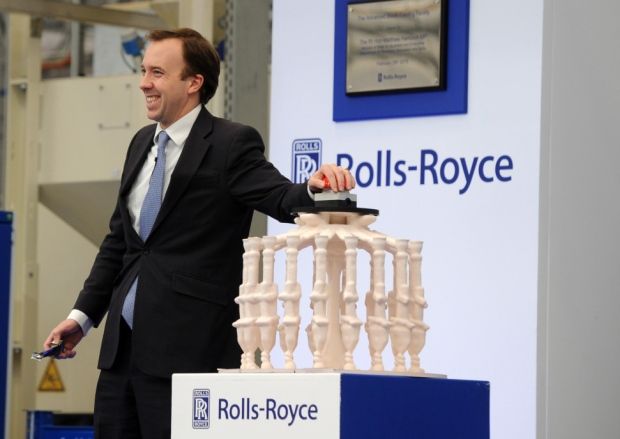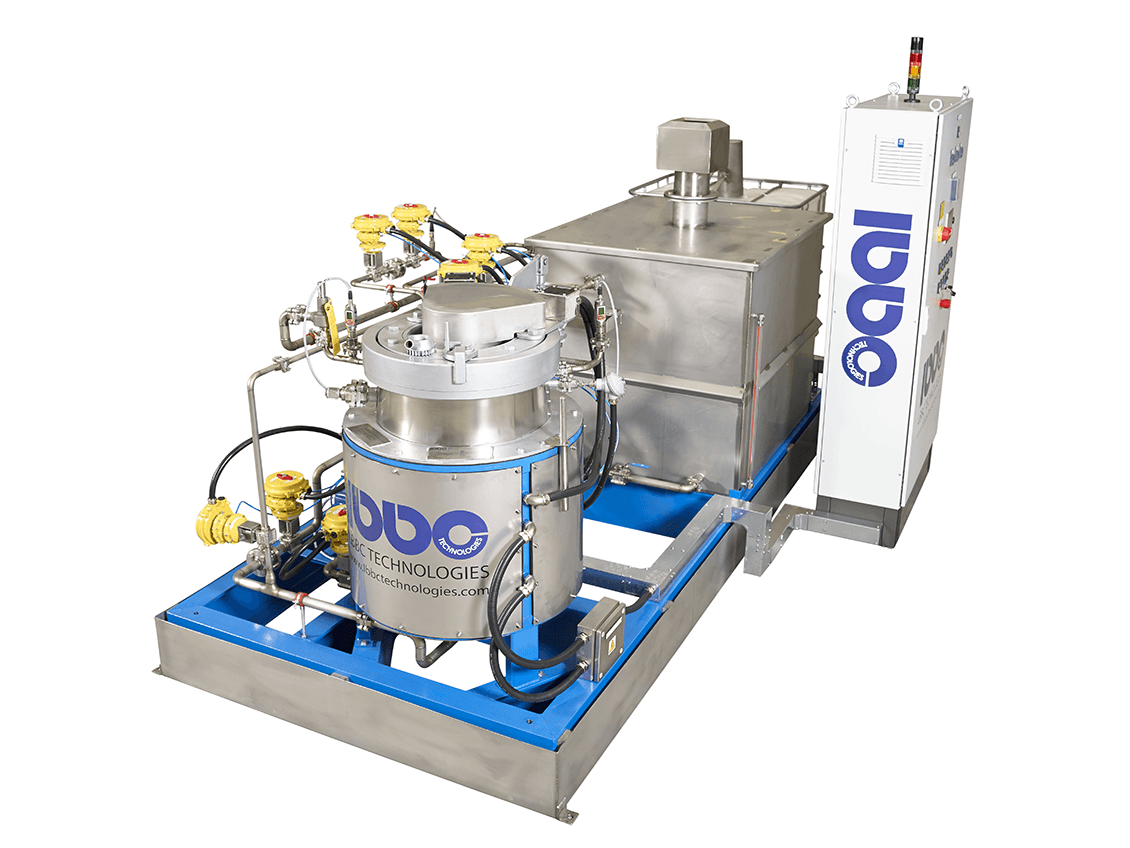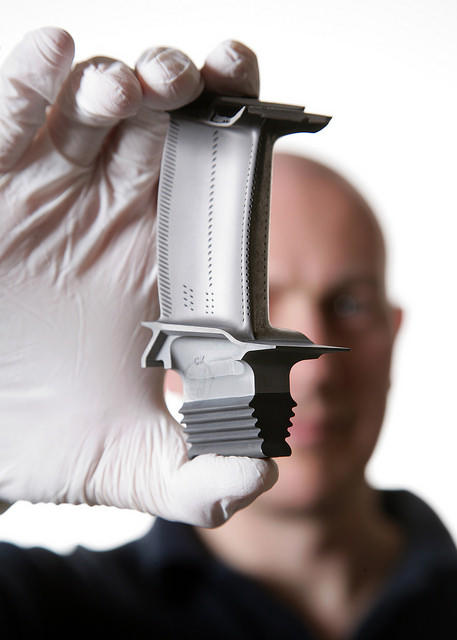
Mar 2015 – LBBC Technologies attend the most Advanced Blade Casting Facility in the world for the official opening by the Business Minister
Written on 20th March 2015
Posted in: News
 Howard Pickard, Managing Director of LBBC Technologies said: “As a long term supplier to Rolls-Royce we are pleased to have played our part in this prestigious project, supplying both Boilerclaves® and Core Leaching Autoclaves. The equipment will play a key part in the manufacture of the turbine blades ensuring accuracy and quality of the blades during the de-waxing and core removal processes.”
Howard Pickard, Managing Director of LBBC Technologies said: “As a long term supplier to Rolls-Royce we are pleased to have played our part in this prestigious project, supplying both Boilerclaves® and Core Leaching Autoclaves. The equipment will play a key part in the manufacture of the turbine blades ensuring accuracy and quality of the blades during the de-waxing and core removal processes.”
Business Minister, Matthew Hancock said: “This new facility will house the most advanced blade casting facility in the world and is a truly remarkable feat of engineering. When fully operational, it will create 150 high skilled jobs and support the local economy.
“Our aerospace growth partnership has put in place a long-term industrial strategy for the whole aerospace industry and this investment by Rolls-Royce in new technology and modern manufacturing processes is testament to the ongoing strength of this sector. Continuing to back leading companies like Rolls-Royce, and supporting the UK’s manufacturing sector is part of the government’s long term economic plan.”
 Gareth Davies, Rolls-Royce Executive Vice President, Turbines said: “It was a great pleasure to welcome the Business Minister to open the most advanced blade casting facility in the world. Rolls-Royce is committed to investing in innovative technology and world-class facilities to help us deliver our record £73.7 billion order book. This facility will use ground-breaking manufacturing techniques to produce single crystal turbine blades for our Trent engines including the world’s most efficient aero civil engine, the Trent XWB.”
Gareth Davies, Rolls-Royce Executive Vice President, Turbines said: “It was a great pleasure to welcome the Business Minister to open the most advanced blade casting facility in the world. Rolls-Royce is committed to investing in innovative technology and world-class facilities to help us deliver our record £73.7 billion order book. This facility will use ground-breaking manufacturing techniques to produce single crystal turbine blades for our Trent engines including the world’s most efficient aero civil engine, the Trent XWB.”
The turbine extracts energy from the hot gas stream delivered by the engine’s combustor and uses it to drive the fan and the compressors. The blades produced in Rotherham operate in the hottest part of the engine at temperatures up to 200 degrees above the melting point of their alloy and sit in a disc that rotates at more than 12,000 rpm, creating a centrifugal force equivalent to the weight of a London bus hanging off each blade. They are grown in a special process which ensures that they are created from a single metal crystal to maximise their strength. They are then coated with a heat-resistant ceramic and when in use they are cooled with air that passes through a series of precisely placed holes in the blade.
The ABCF will have ground-breaking automated manufacturing techniques including integrated wax fabrication lines, 3D structured light inspection, which measures the entire surface of components and computed tomography (CT), which has the ability to measure deep into the blade’s internal structure. These techniques have helped reduce the time it takes to manufacture a turbine blade by 50% while producing a step-change in component performance. This state of the art facility makes use of manufacturing methods developed within Rolls-Royce and at the Manufacturing Technology Centre, Ansty, near Coventry. Some of the £15m investment by the UK Government was used by Rolls-Royce to develop these techniques.
There are two types of turbine blade manufactured at the Rotherham facility: high pressure (HP) and intermediate pressure (IP) single crystal blades. There are 182 turbine blades of these types in each Trent XWB engine. One HP turbine blade extracts around 1000 horsepower from the gas flow towards the rear of the engine, which is equivalent to the power of a Formula 1 racing car, to drive the engine’s compressors. Each blade is approximately 10cm in height and 300g in weight and goes through 200 processes before it is ready to be installed.